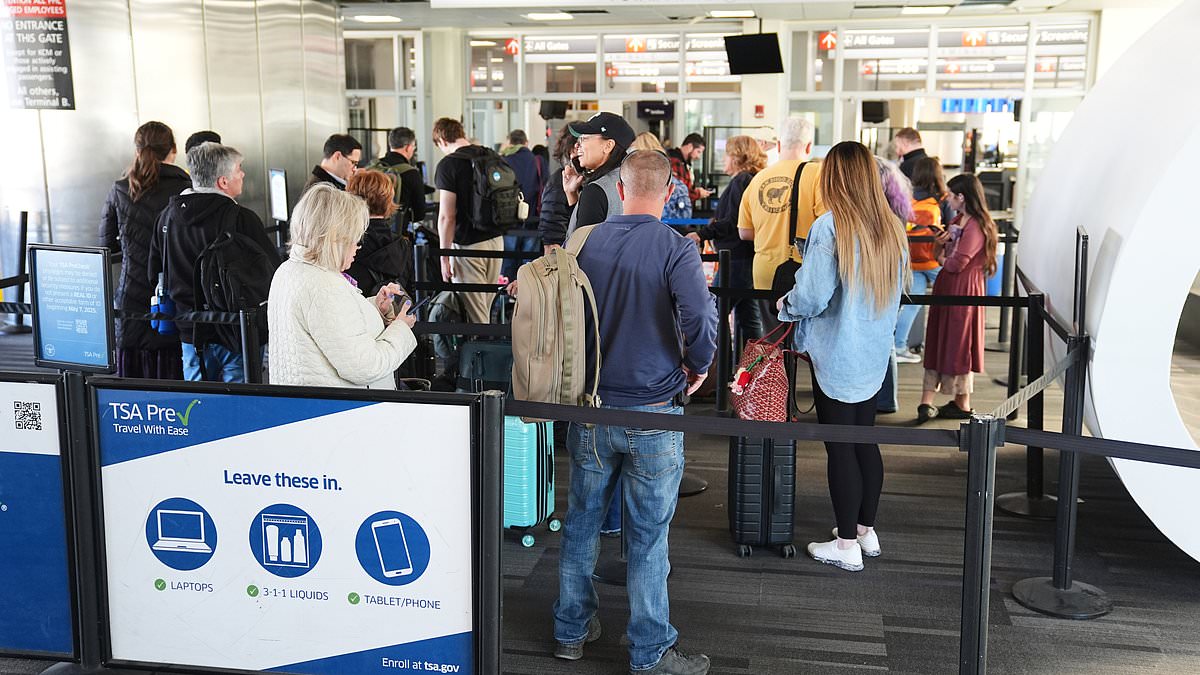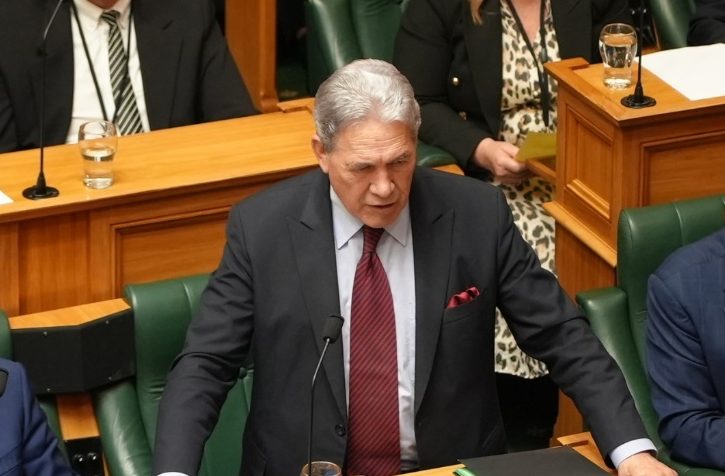Copyright dailymail

American airports were hit by mounting delays on Thursday morning, with less than 24 hours until the White House begins to cancel up to 10 percent of daily flights because of the longest government shutdown in history. There were already 269 cancellations and 576 delays as of 7.30am eastern standard time, offering a stark warning of the havoc travelers can anticipate at airports over the coming days. The Federal Aviation Administration is reducing air traffic by 10 percent across 40 'high-volume' markets beginning Friday to maintain travel safety as air traffic controllers exhibit signs of strain amid the ongoing government shutdown. Experts predict the cutback could represent as many as 1,800 flights a day and upwards of 268,000 seats combined. Airlines have already started warning customers that their travel plans could be impacted by the flight reductions. Some air carriers are even offering all travelers, including those with non-refundable tickets, the option to voluntarily cancel their trip and receive a refund. Air traffic controllers have been working unpaid since the shutdown began October 1, and most have been on duty six days a week while putting in mandatory overtime. If the shutdown continues until next Tuesday, they'll miss a second paycheck. With some calling out of work due to frustration, taking second jobs or not having money for child care or gas, staffing shortages during some shifts have led to flight delays at a number of US airports. SCROLL DOWN FOR FULL LIST OF AFFECTED AIRPORTS The FAA cutback stands to impact thousands of flights nationwide because the FAA directs more than 44,000 flights daily. The flight shortages will affect the three major airports in the NYC area - JFK, LaGuardia and Newark Liberty - as well as airports in Chicago, Los Angeles, Philadelphia and Washington DC. United, Southwest and American all said they will try to minimize the impact on consumers as they cut their schedules to comply with the order. FAA Administrator Bryan Bedford said he and Transportation Secretary Sean Duffy decided to make the extraordinary cutback to maintain travel safety. 'We're in new territory in terms of government shutdowns,' Bedford said. 'I'm not aware in my 35-year history in the aviation market where we've had a situation where we're taking these kinds of measures.' Citing increased staffing pressures and voluntary safety reports from pilots indicating growing fatigue among air traffic controllers, Bedford added that officials did not want to wait until the situation reached a crisis point. 'We're not going to wait for a safety problem to truly manifest itself when the early indicators are telling us we can take action today to prevent things from deteriorating,' he said Wednesday. 'The system is extremely safe today and will be extremely safe tomorrow. If the pressures continue to build even after we take these measures, we´ll come back and take additional measures.' The FAA said that roughly 13,000 air traffic controllers and 50,000 TSA agents have been working without pay for weeks. Before the shutdown, the agency was already grappling with a perpetual shortage of about 3,000 air traffic controllers. Duffy warned Tuesday that there could be chaos in the skies if the shutdown drags on long enough for air traffic controllers to miss their second full paycheck next week. Duffy said some controllers can get by missing one paycheck, but not two or more. He added that some controllers are even struggling to pay for transportation to work. Staffing can run short both in regional control centers that manage multiple airports and in individual airport towers, but they don't always lead to flight disruptions. Throughout October, flight delays caused by staffing problems had been largely isolated and temporary. But the past weekend brought some of the worst staffing issues since the start of the shutdown, which became the longest on record early Wednesday. From Friday to Sunday evening, at least 39 different air traffic control facilities announced there was some potential for limited staffing, according to an Associated Press analysis of operations plans sent through the Air Traffic Control System Command Center system. The figure, which is likely an undercount, is well above the average for weekends before the shutdown During weekend periods from January 1 to September 30, the average number of airport towers, regional centers overseeing multiple airports and facilities monitoring traffic at higher altitudes that announced the potential for staffing issues was 8.3. But during the five weekend periods since the shutdown began on Oct. 1, the average more than tripled to 26.2 facilities. President Donald Trump told Republican senators during a breakfast meeting at the White House Tuesday that 'we must get the government back open soon and really immediately.' At the same meeting, Trump blamed major GOP's losses in an off-year election on the shutdown.



